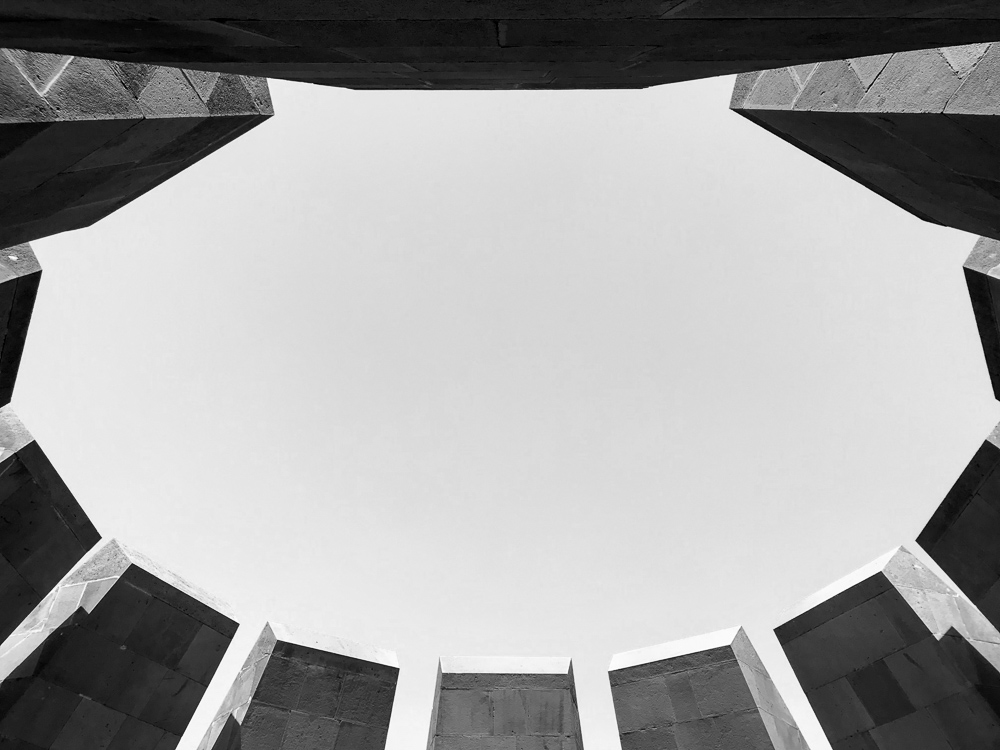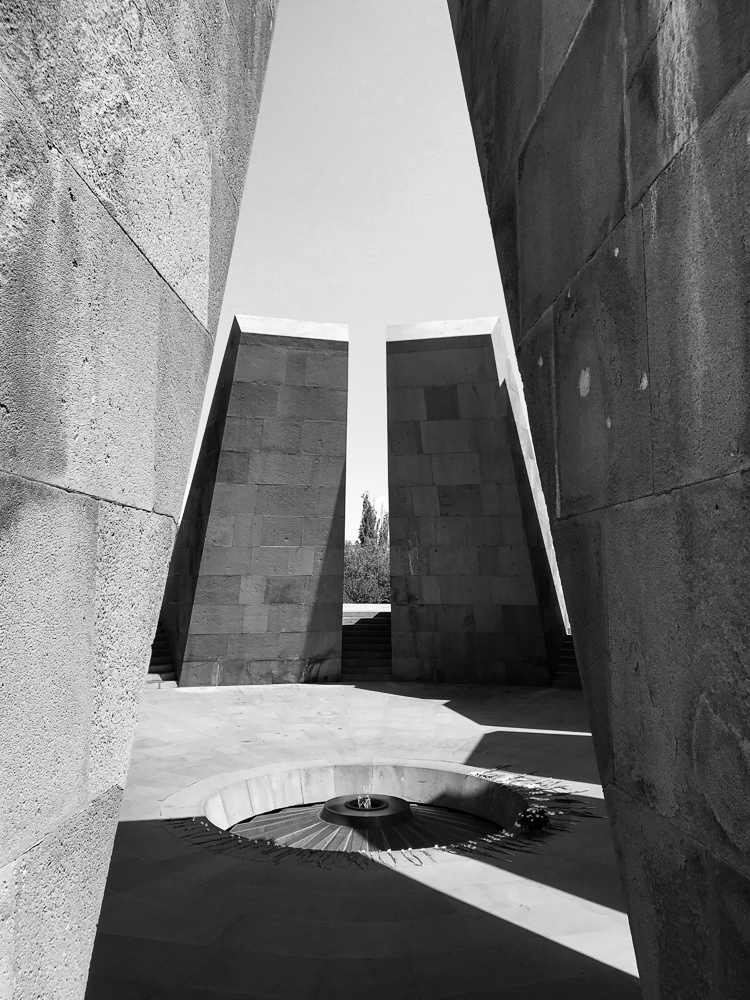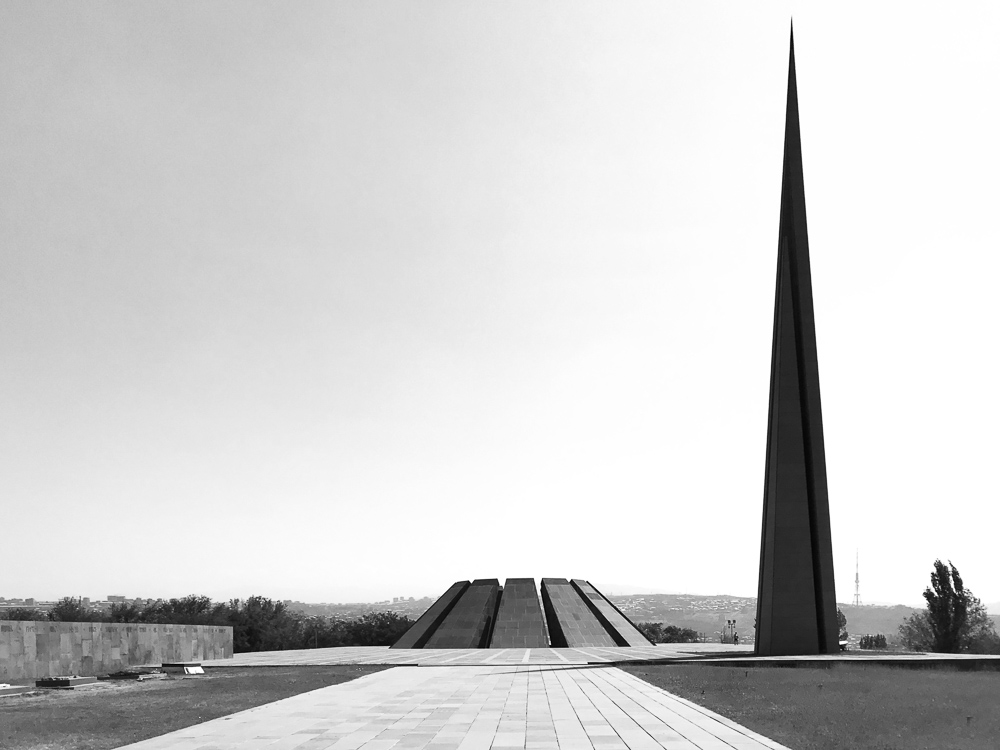Land of churches, land of stones: Armenia. We added the country to this year’s travel list because there was a family event there. Armenia was a new travel destination to me in a region I hadn’t explored before, southern Caucasus. The country has an eventful history, and a state church that is quite present in public life, the Armenian Apostolic Church. We were there for four days and took the opportunity to explore the country a little – both in the capital Yerevan and the surrounding areas. My film camera was coming along, of course.
Ancient monasteries and churches can be found all over Armenia. Our first stop was Khor Virap monastery, which dates back to the 17th century and is located right on the Turkish border. It offers great views of Mount Ararat, which rises more than 5000 m from the surrounding plains. Mount Ararat has immense symbolic and historic value to the Armenian people, is however part of Turkish territory today. Those familiar with the bible will recognize the mountain as the place where, according to legend, Noah’s Arch stranded. Khor Virap is the closest Armenians can come to Mount Ararat on Armenian soil, which adds to the significance of the place. Unfortunately the sky was fairly hazy, which did not let us see Mount Ararat very clearly.
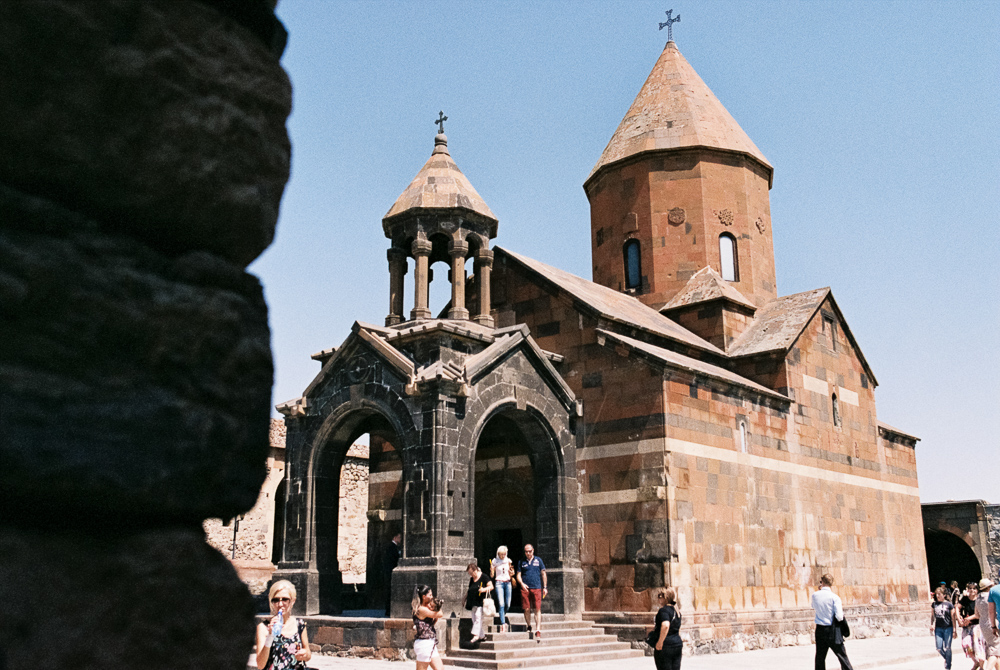
The inerior of the church was rather simple and looked like from a different time and age.
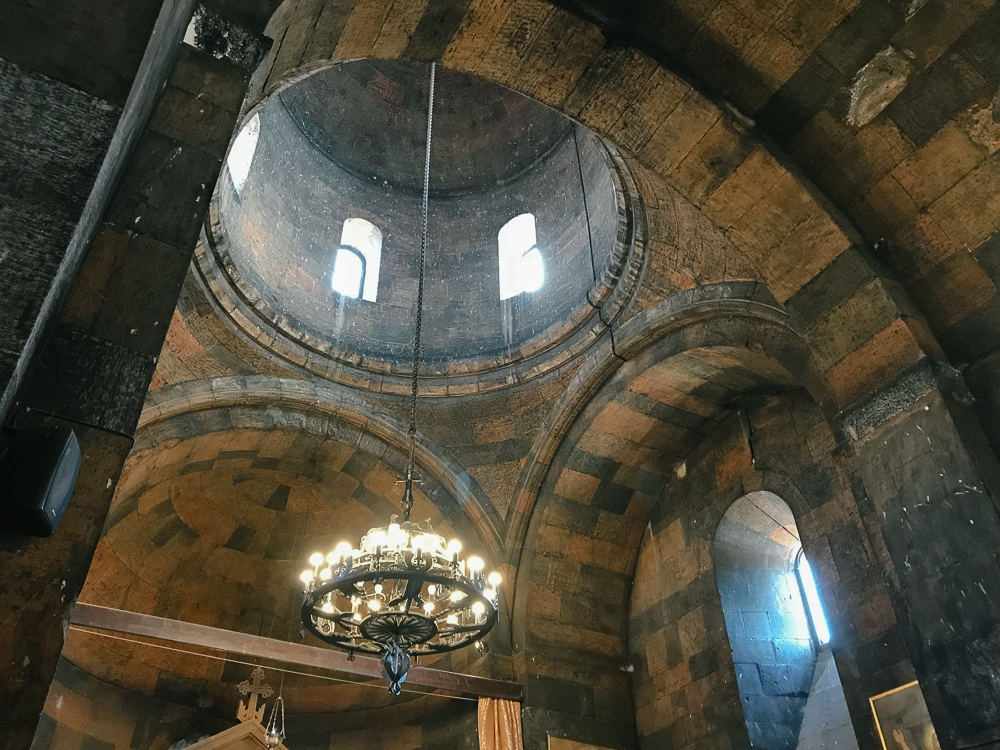
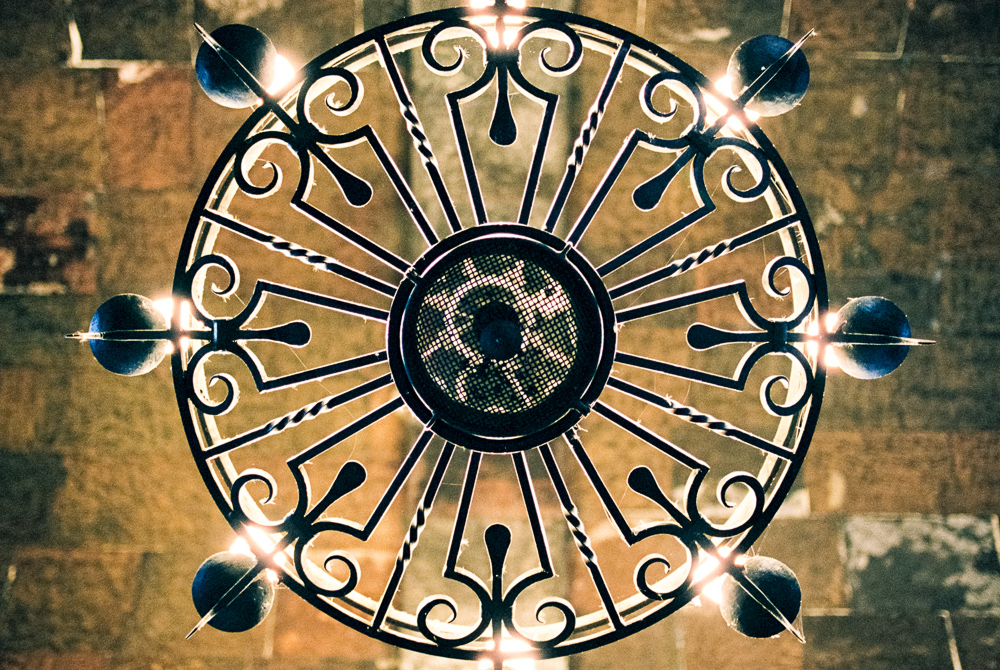
Another daytrip from Yerevan took us to the former capital and medieval fortress of Amberd.
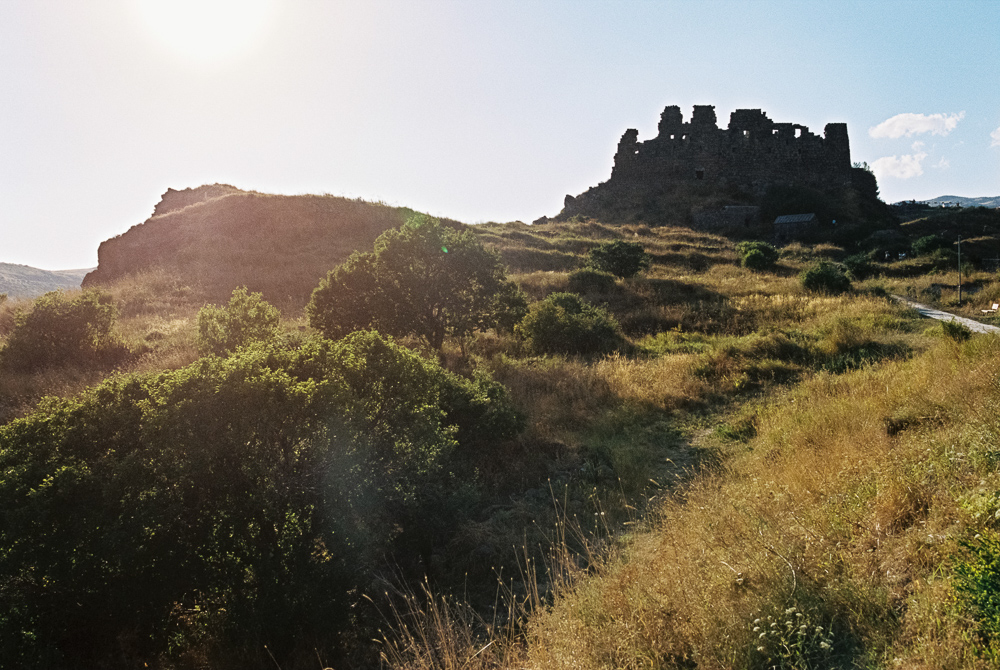
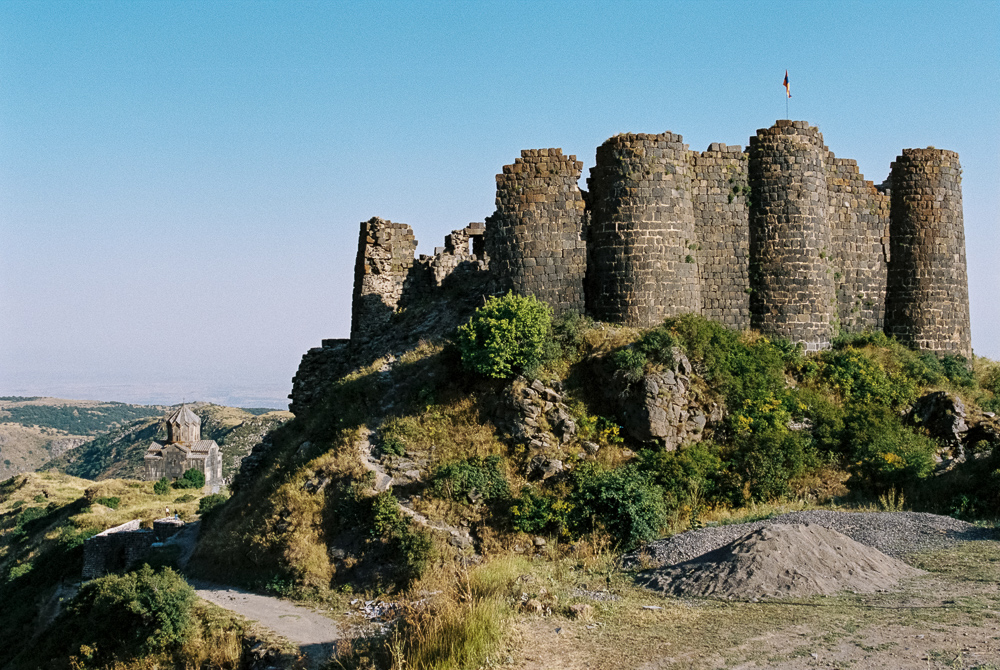
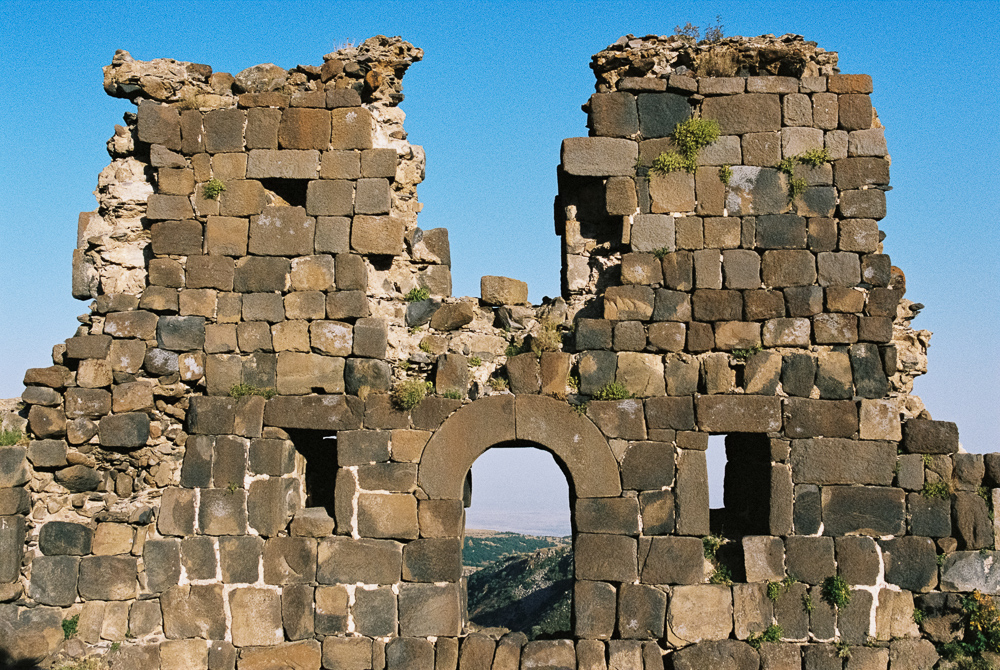
Apart from the fortress, there is a church from the 12th century, which is in very good state and has been restored recently. Interestingly enough, we came across some German pilgrims there who were camping near the church, which is by most definitions in the middle of nowhere.
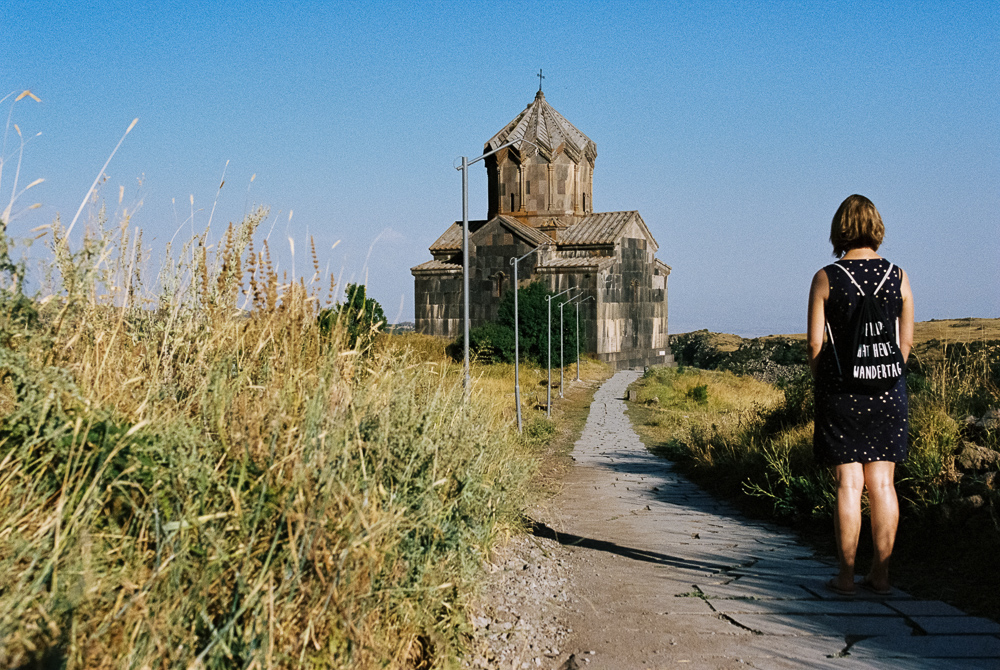
Armenian is an interesting language. It is an Indo-Germanic language and has common words with the Greek language, but also similarities with Persian. The Armenian alphabet was created in the 5th century by a monk.
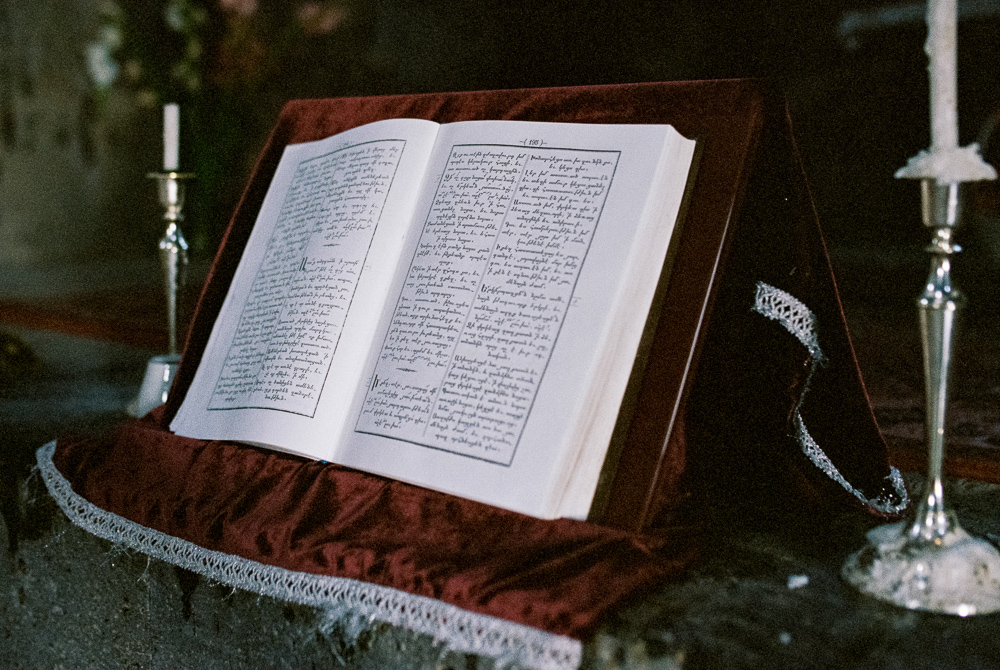
Amberd is located at an altitude of around 2300 m. The surrounding landscape is dramatic.
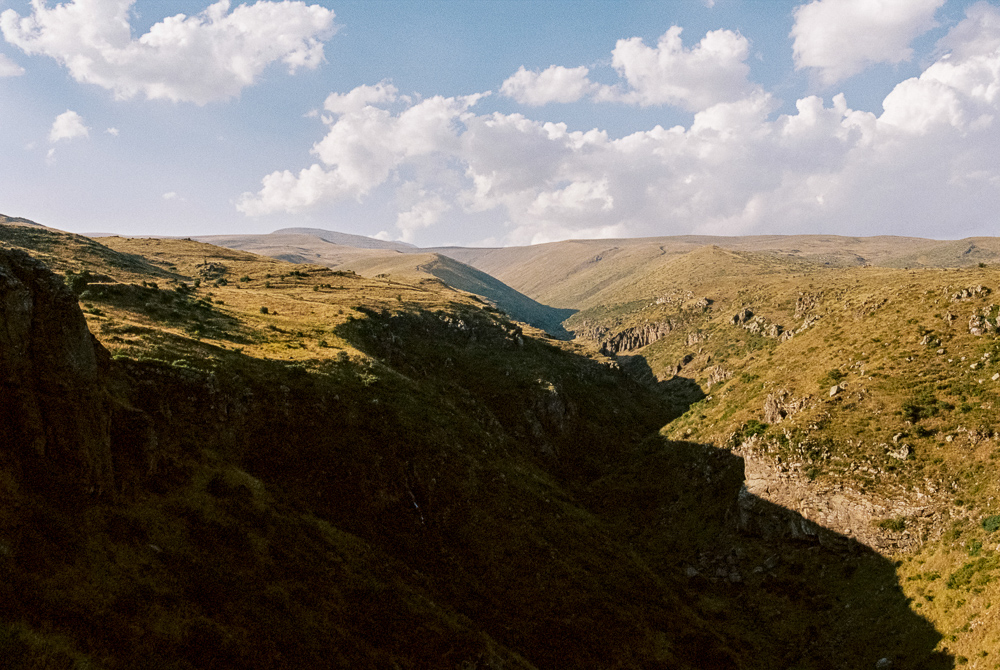
On the way back from Amberd – far from any village or other sign of civilization – there was a table next to the road, an old trailer and a number of beehives. We stopped and met this friendly guy, a local beekeeper selling his honey. Yum. After we concluded the transaction, he was happy to pose for a quick portrait in the soft evening light.
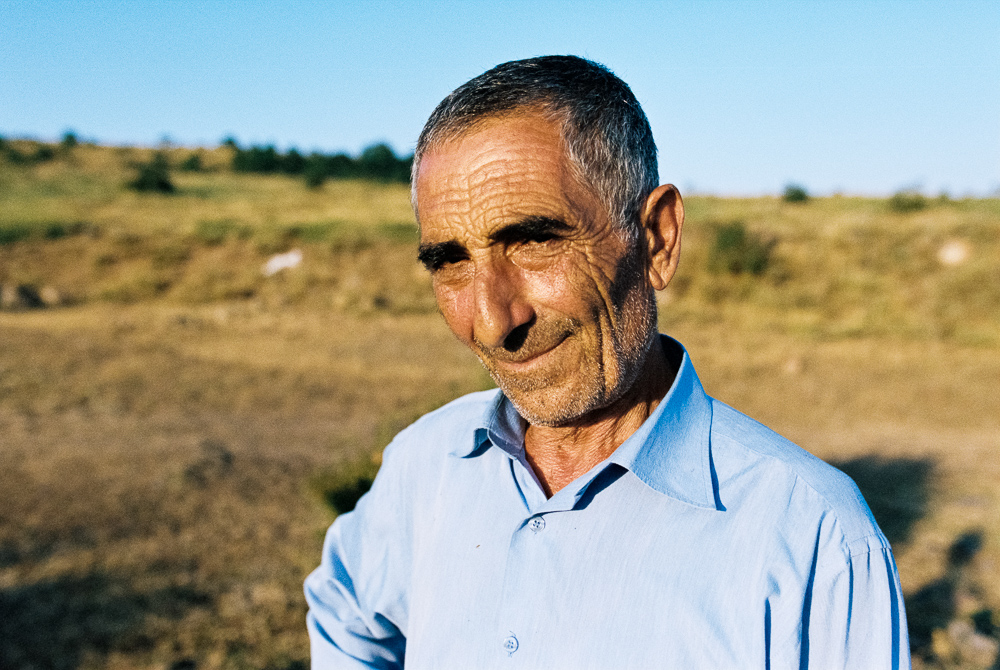
The next monastery on our list was Geghard. What makes it special is that some of its rooms were partly carved out of the mountain. It is also listed as a UNESCO World Heritage Site.
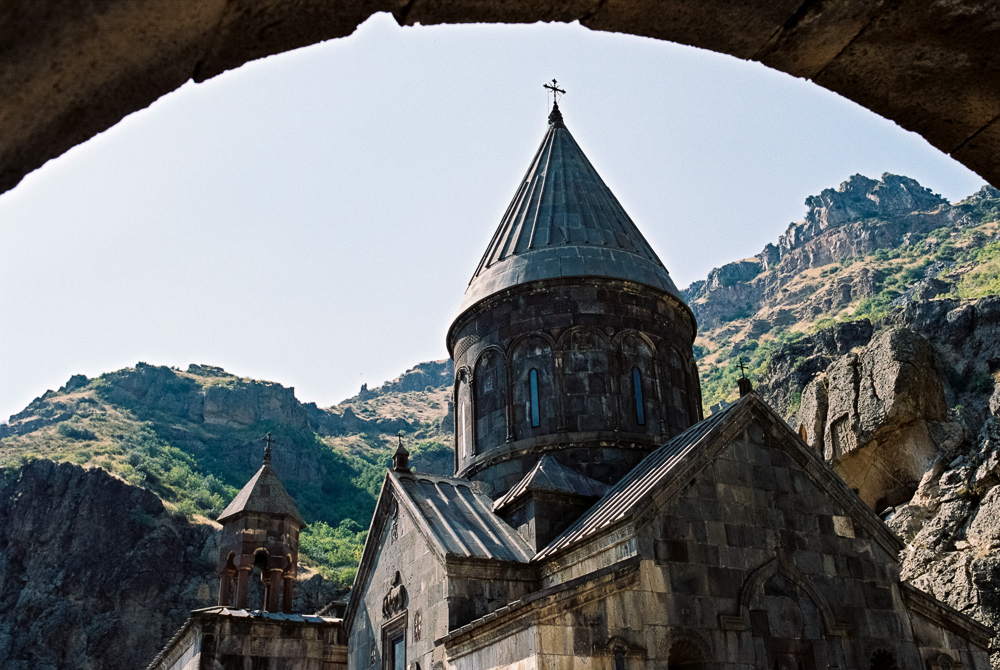
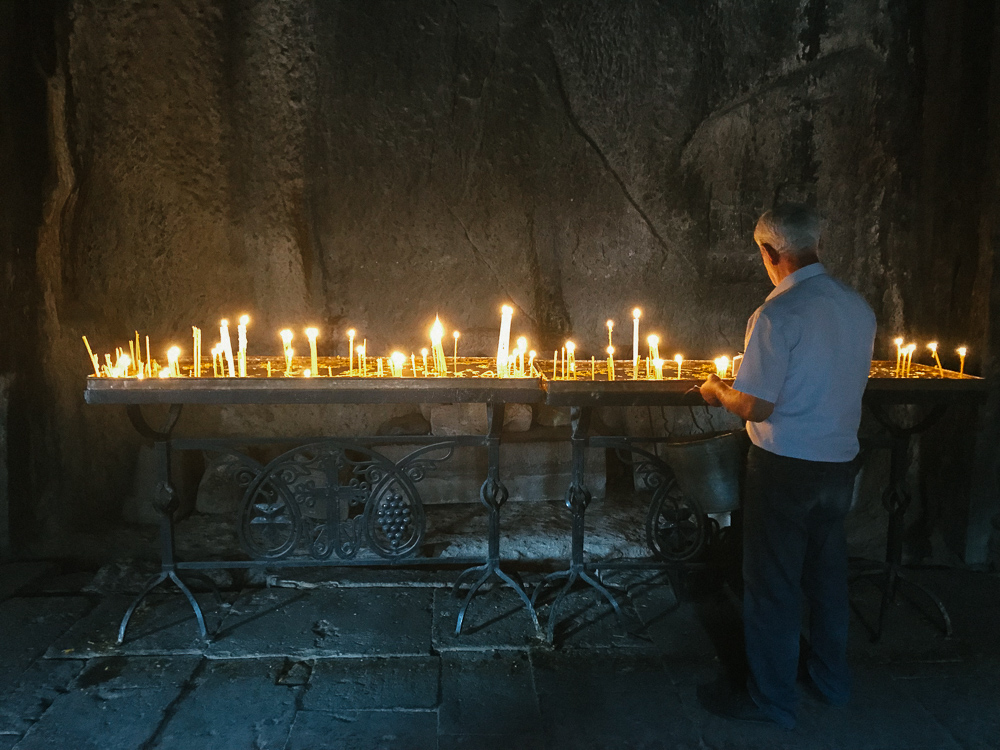
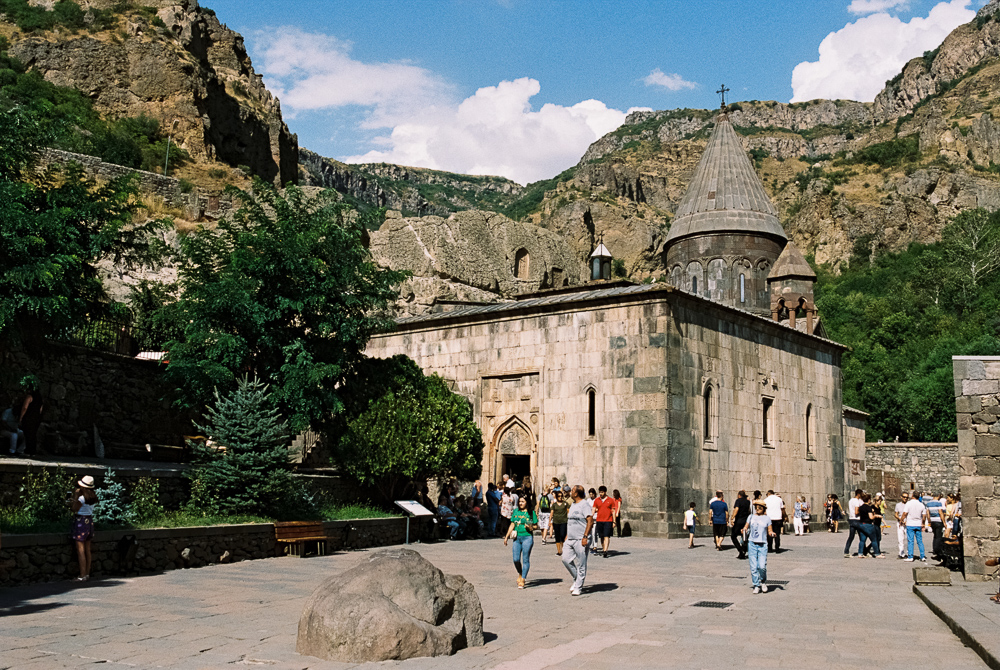
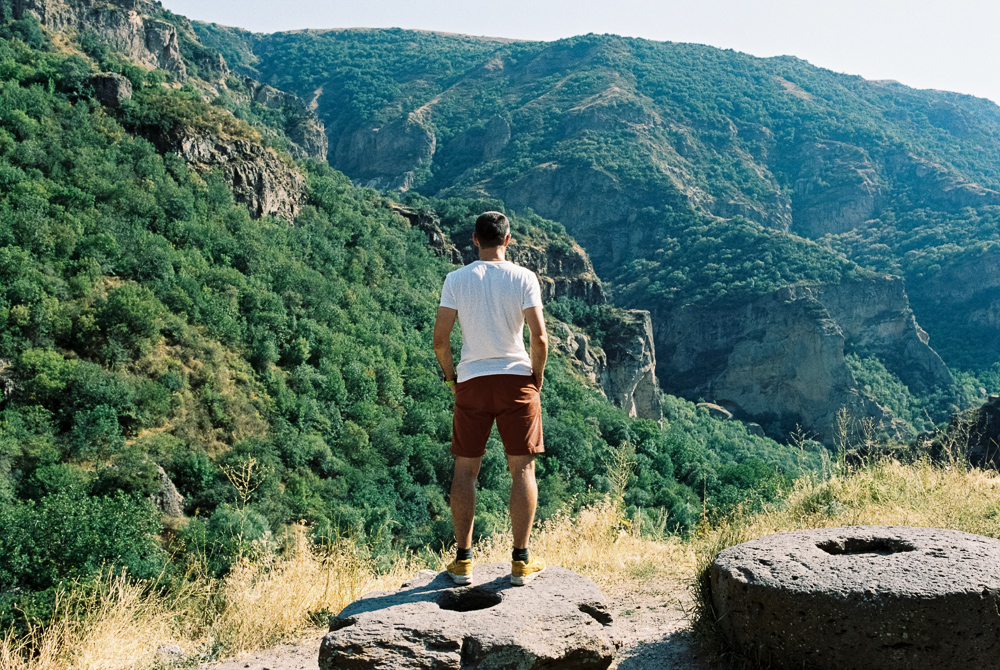
As we drove on, the scenery south of Yerevan again proved to be spectacular.
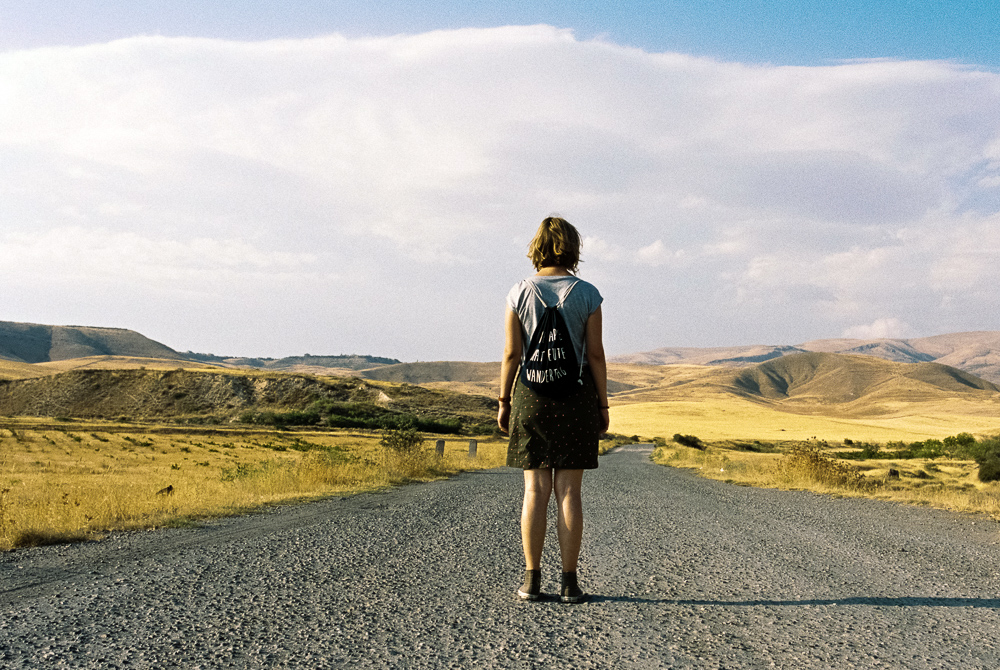
As we took pictures, every now and then a Lada sped across. They are not an uncommon sight in Armenia. In fact, it is unbelievable how many of these cars are around in Armenia – quite often in white, too. It must be tricky to find your own car in a supermarket car park when it is one of hundreds of white Ladas. These cars seem to be quite robust and durable in any case.
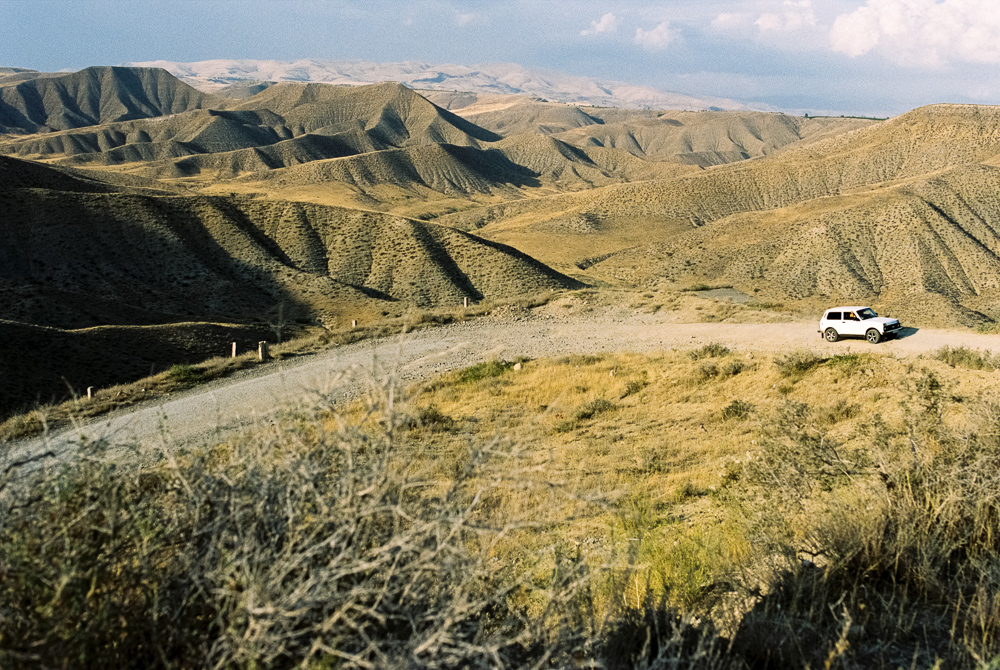
Well, not all of them perhaps…
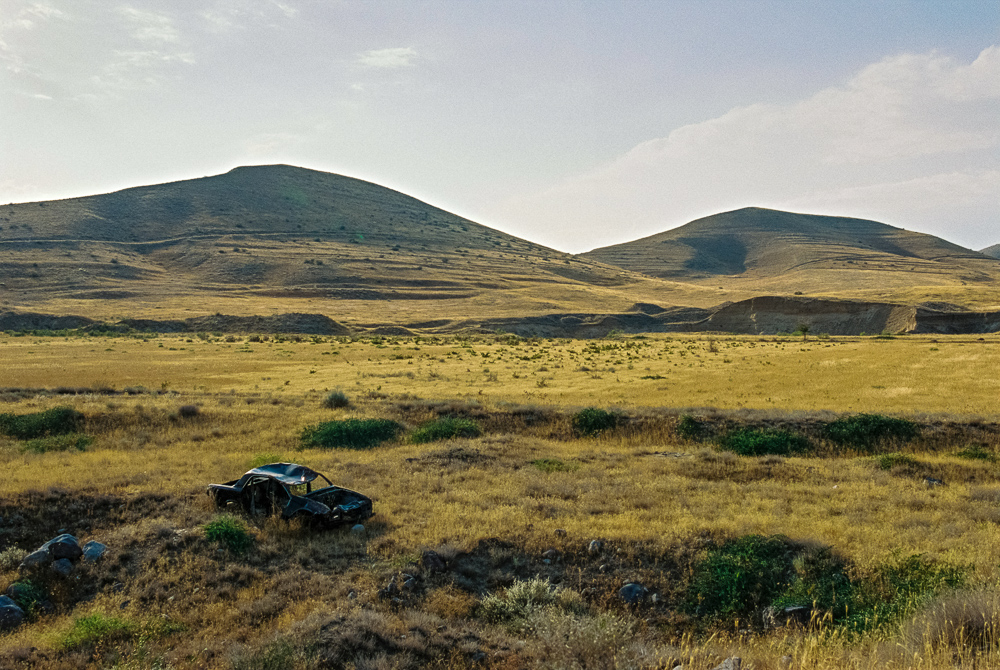
I’m guessing our driver enjoyed the scenery too, but he certainly did not enjoy the quality of the surface on these smaller roads. The shock absorbers in his car were already taking a severe beating in downtown Yerevan – out here on these bumpy roads, they were close to death. He wasn’t amused, judging by the grumpy look on his face.
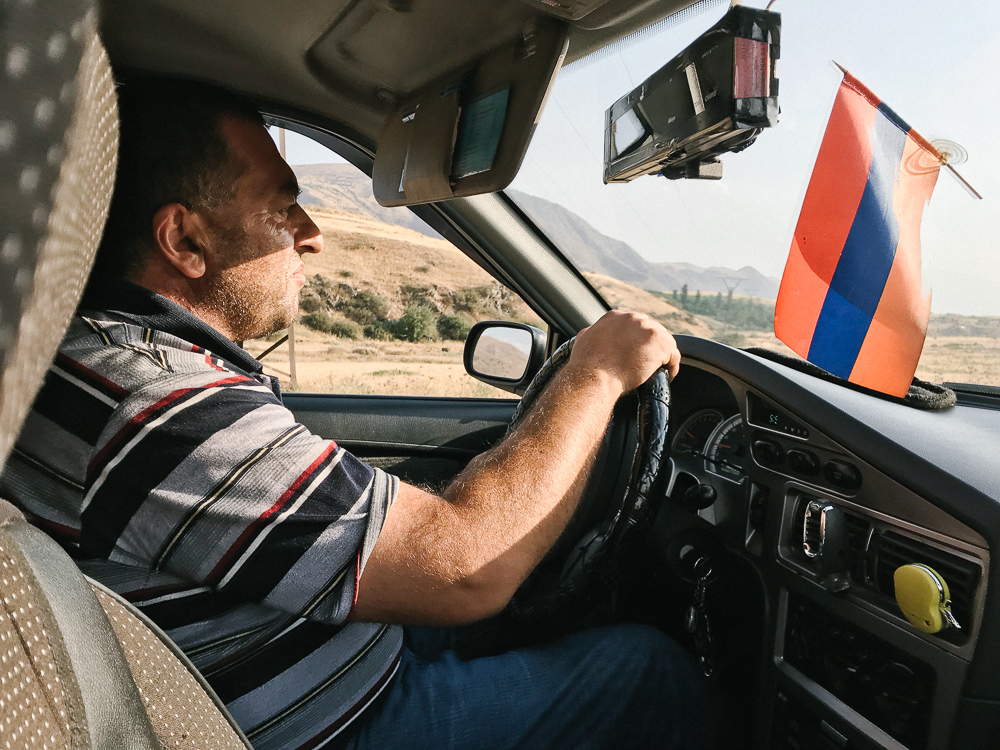
Chatting to our drivers was impossible most of the time. Armenia’s lingua franca is Russian, because of the country’s Soviet past. English or German don’t help much. One time we were lucky though: a taxi driver had worked in Eastern Germany as a soldier guarding the border. He had acquired an impressive vocabulary there, consisting of important phrases such as “Attention!”, “Stop!” and “Not a step further!”. He called me “Hans”. No stereotype there at all.
After the long drive that day we attended a family barbecue that night. One thing not to miss there is traditional Lavash bread. We picked up some bread at the local bakery. Two ladies were happily baking away there – at amazing speed and in fantastic quality. One lady was preparing the dough, the one in the front placed the flatbreads in the oven. A minute later the bread is one. Hats off to this hard work, bearing in mind they work around a hot oven without aircon when it’s 35 °C outside. The union can’t be too happy about this.
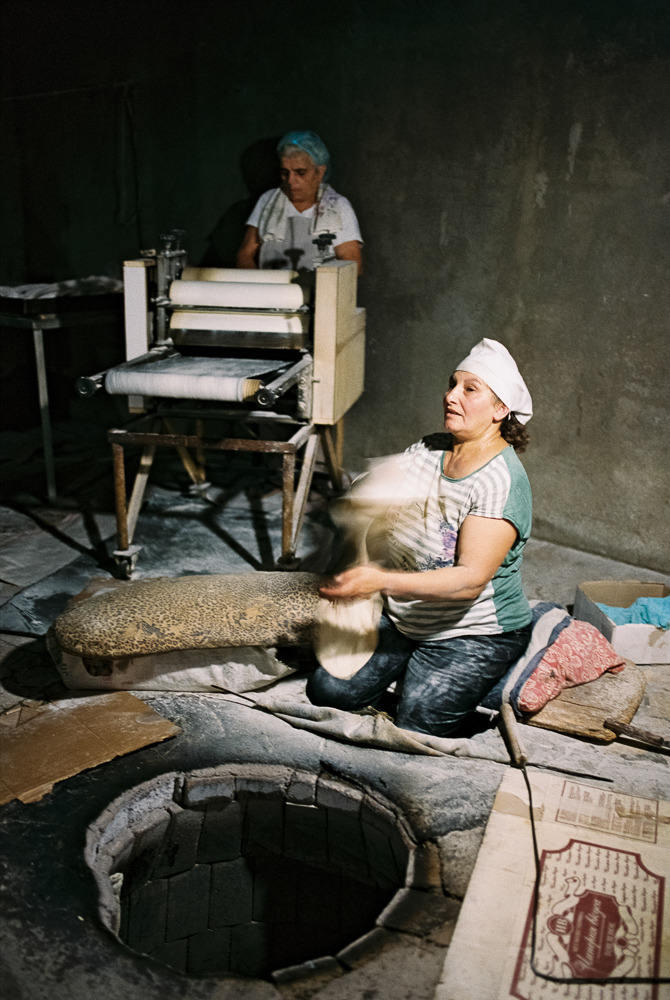
Towards the end of our trip, we visited a less cheerful site. In the capital, you’re bound to be confronted with the country’s recent past. A decisive event was the Armenian genocide in the early 20th century. The place where Armenians remember is the memorial site “Tsitsernakaberd“, a kind of Armenian Yad Vashem. In memory of the victims, there is an eternal flame surrounded by 12 pylons, as well as an obelisk. A museum at the site depicts the historical events before and around the genocide.
